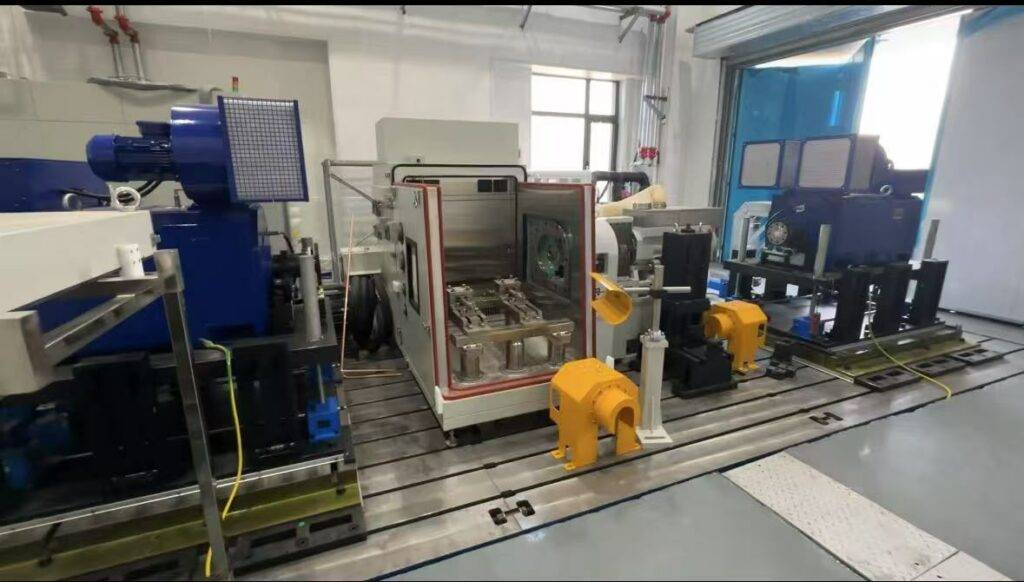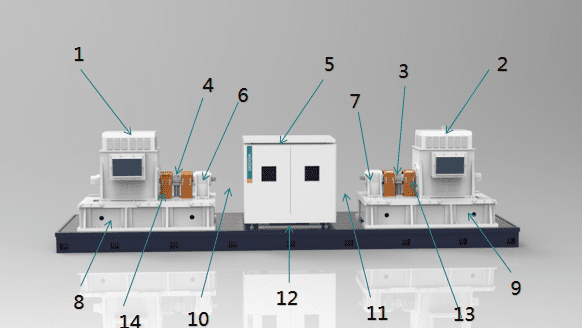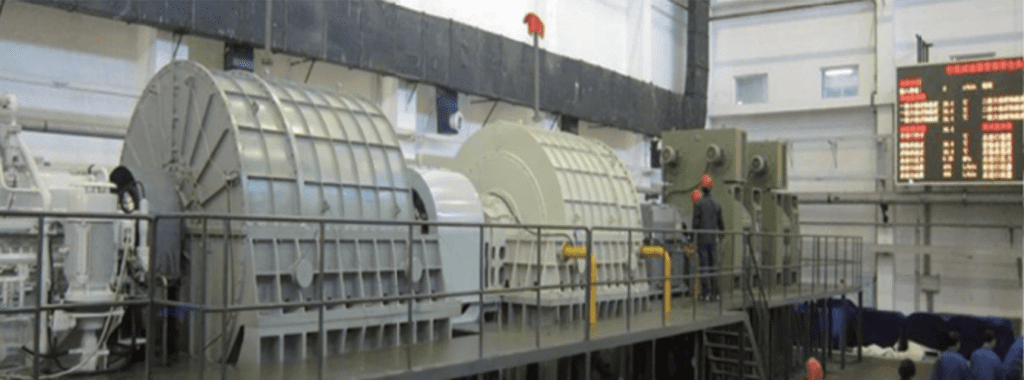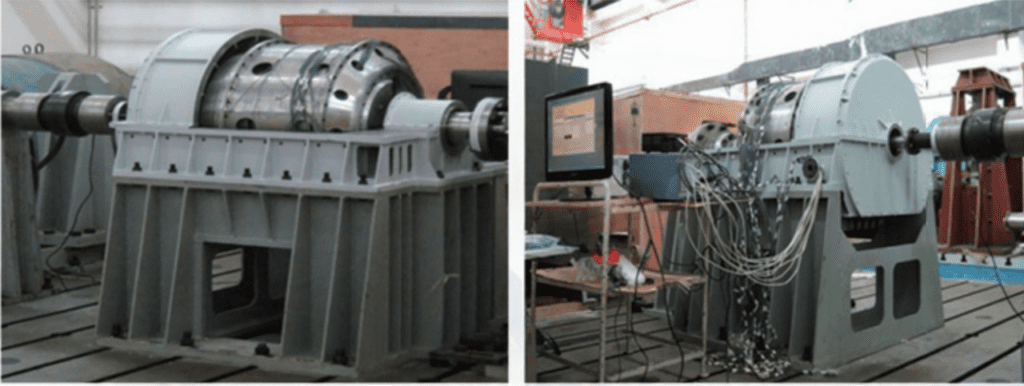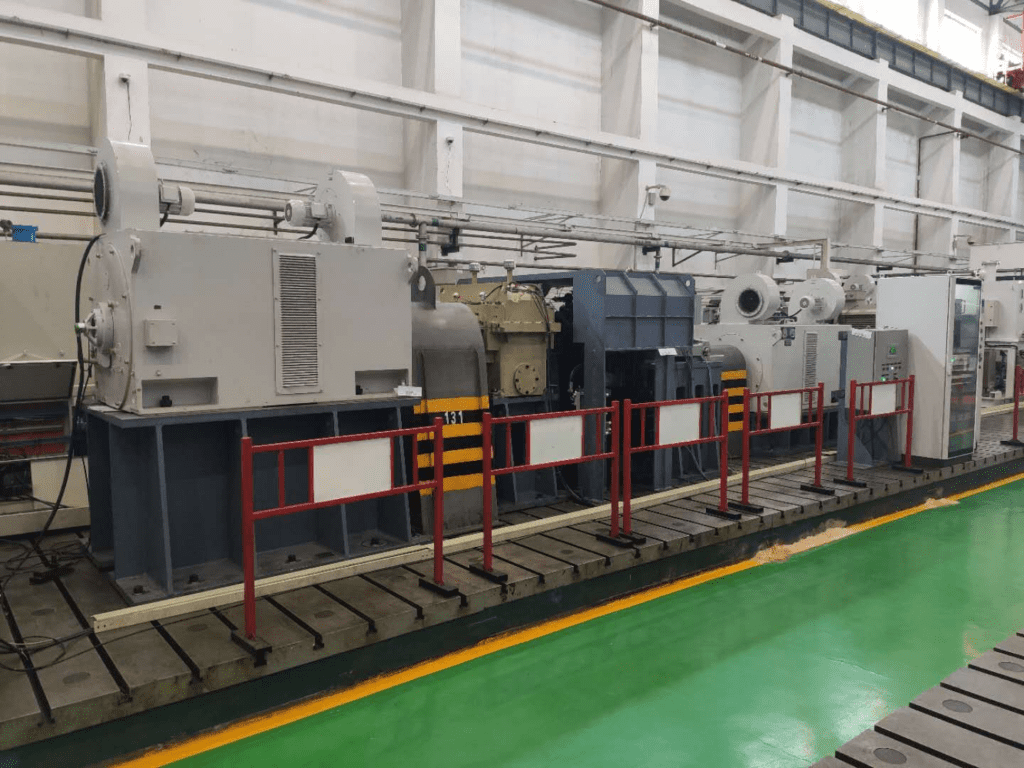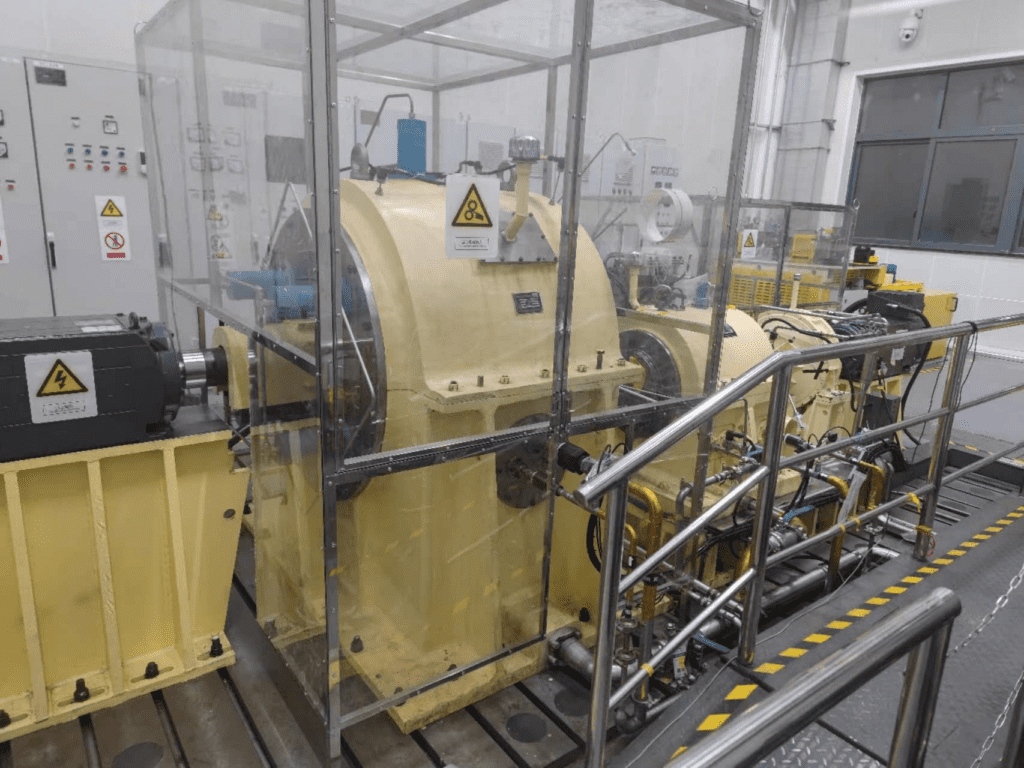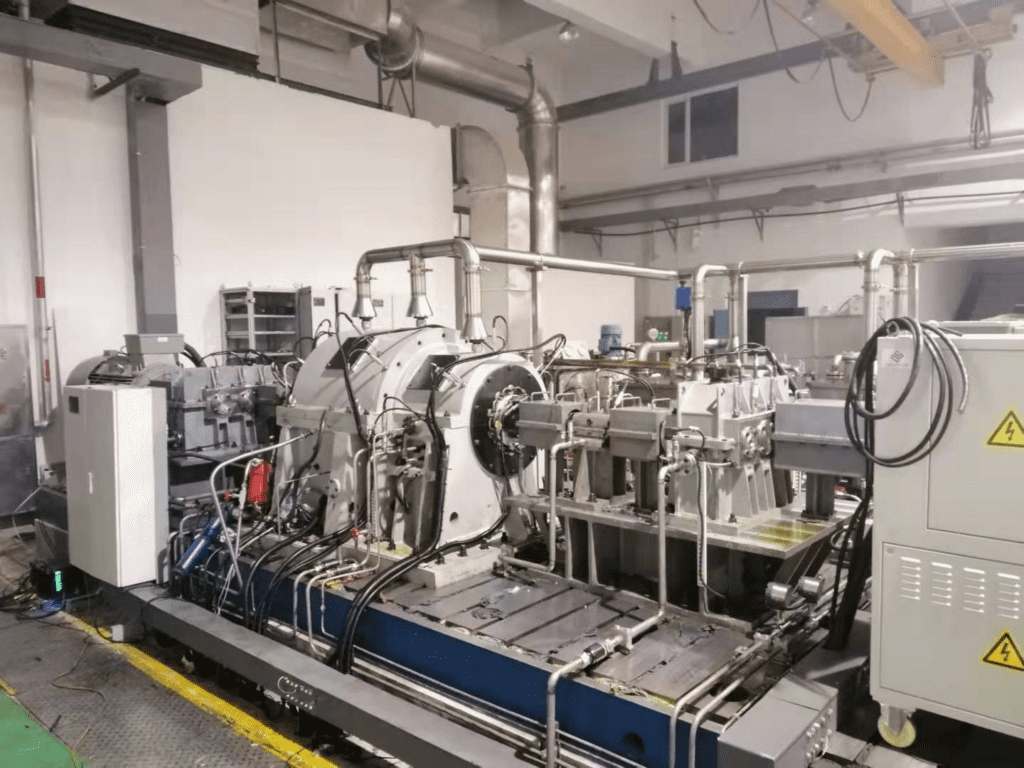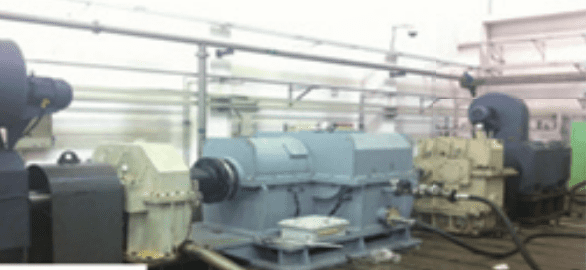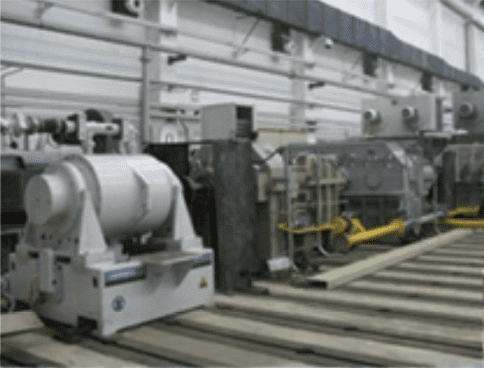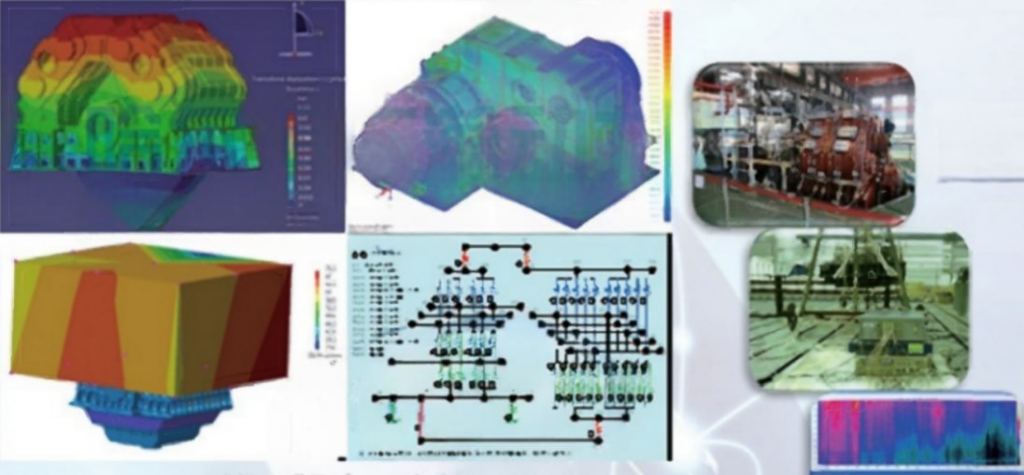Service Lifespan Testing
Assessing the durability and longevity of electric drive systems and axles under simulated real-world conditions.
High-Speed and Torque Testing
Evaluating performance at both high speeds and high torque levels to ensure optimal functionality under demanding operating conditions.
Torque Differential and Speed Difference Testing
Measuring and analyzing variations in torque and speed across the electric axle or drive unit to ensure smooth operation and performance balance.
Peak Power Testing
Assessing the system’s ability to handle short bursts of peak power, ensuring the e-drive can deliver maximum output when required.
Electrical to Mechanical Power Efficiency Testing
Analyzing the conversion efficiency from electrical to mechanical power, helping to identify areas for improvement in energy use.
Torque Interface to Electric Drive in No-Throttle Test
Evaluating torque response and control when the throttle is not engaged, simulating idle or coasting conditions.
xCU Interface to E-Drive for Throttle Test
Testing the responsiveness and control of the e-drive when interfaced with the throttle control unit (xCU), simulating real-world acceleration and deceleration.
Driving Cycle Testing
Simulating real-world driving conditions by using predefined driving cycles to assess the overall performance and efficiency of the electric drive unit.
Vibration Analysis
Analyzing vibrations generated during operation to identify and mitigate issues related to mechanical resonance, efficiency losses, or NVH (Noise, Vibrazione, and Harshness) concerns.
Thermal Examinations:
Cooling System Stability Test
Testing the stability and effectiveness of the cooling system to ensure that the electric drive unit maintains optimal operating temperature.
High-Temperature Operating Endurance (HTOE)
Assessing the electric drive’s ability to operate reliably under high-temperature conditions over extended periods.
Powered Thermal Cycle Endurance (PTCE)
Evaluating the system’s ability to withstand repeated thermal cycles, simulating various temperature extremes that may occur during operation.
These testing capabilities ensure that electric drive units and axles are thoroughly validated for prestazione, reliability, E efficienza, preparing them for integration into next-generation mobility solutions.


